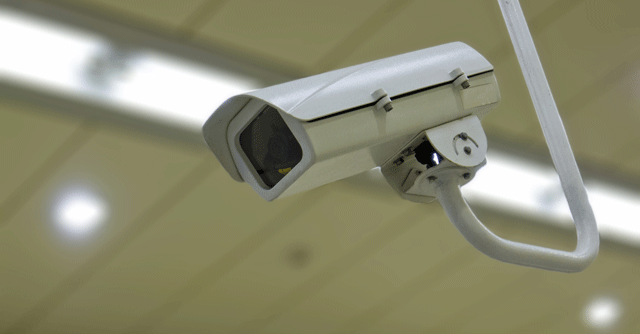
Bihar authorities use AI-powered video analytics to keep hawk-eyed watch on panchayat polls


The Bihar State Election Commission has begun using video analytics with optical character recognition (OCR) to analyse the feeds in CCTV cameras at counting booths during the ongoing panchayat elections. The aim is to ensure that each and every vote in the electronic voting machines (EVMs) is error-free and not manipulated during the counting process.
The video analytics system used for the panchayat election in Bihar has been provided by a Gurugram-based artificial intelligence (AI) start-up Staqu, and is based on their proprietary video analytics solution called JARVIS that uses OCR and text recognition to identify the candidates and count votes directly from the camera feed by monitoring the EVM screens.
After the EVM data is fed into the systems, it is tallied with the data acquired by performing analytics of the footage from the CCTVs to ensure there are no discrepancies in the counting process.

The data generated from the video analytics solution is hosted on the state Election Commission's servers where the data going to the Election Commission’s website and data generated by Staqu’s solution are matched. If any difference in the number of votes is detected, the commission is alerted instantly.
This is the first time that video analytics is being used in any election in India. The state Election Commission has also deployed a fingerprint recognition solution to verify the identity of the voters during the ongoing elections. The Panchayat elections in the state will be conducted in 11 phases--from 24 September to 12 December.
“Panchayat elections are always a huge election as we have a large number of polling booths and candidates. Given the number of candidates and number of panchayats we receive in each election, we felt it best to automate the vote-counting verification process,” said Deepak Prasad, Bihar state election commissioner.

"We are happy to associate with Staqu’s AI-driven JARVIS technology, which can assist in the process and ensure that it is error-free and the elections proceed in a fair manner," he added.

Photo Credit: Staqu

Unlike state and national-level elections, most panchayat elections don’t use VVPAT (voter verifiable paper audit trail), which is also used for verification of votes.
“We have requested the district magistrate to ensure that a camera connected to JARVIS is placed on the same table where the EVM is kept and is facing and detecting the EVM machine. Then we ensure that it is detecting the text in the machine and the OCR is identifying the characters and their meaning,” said Atul Rai CEO and Co-Founder at Staqu.
The whole idea was to address any scope for discrepancy during the counting without having to interfere with the EVM, he added. Rai claims the accuracy of their OCR is 99.7%.

Staqu has been one of the leading providers of AI, face recognition, and video analytics to law enforcement agencies in India. In 2019, the UP government had deployed JARVIS, for its face recognition and intelligent monitoring capabilities, in 70 prisons across the state to monitor prisoners.
To be sure, government agencies have also started leveraging emerging technologies more for governance and law enforcement. The use of drones by police for crowd control during Kumbh Melas and Chatth Pujas, for instance, is now a common feature.
During the 2020 protests against Citizenship Amendment Act (CAA), the Delhi Police had deployed facial recognition software to identify protestors indulging in violence. In January, the UP government announced it will use AI-enabled cameras to read facial expressions and help women in distress.

